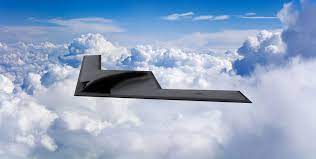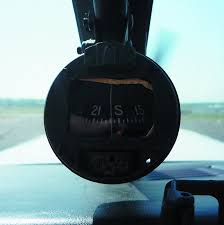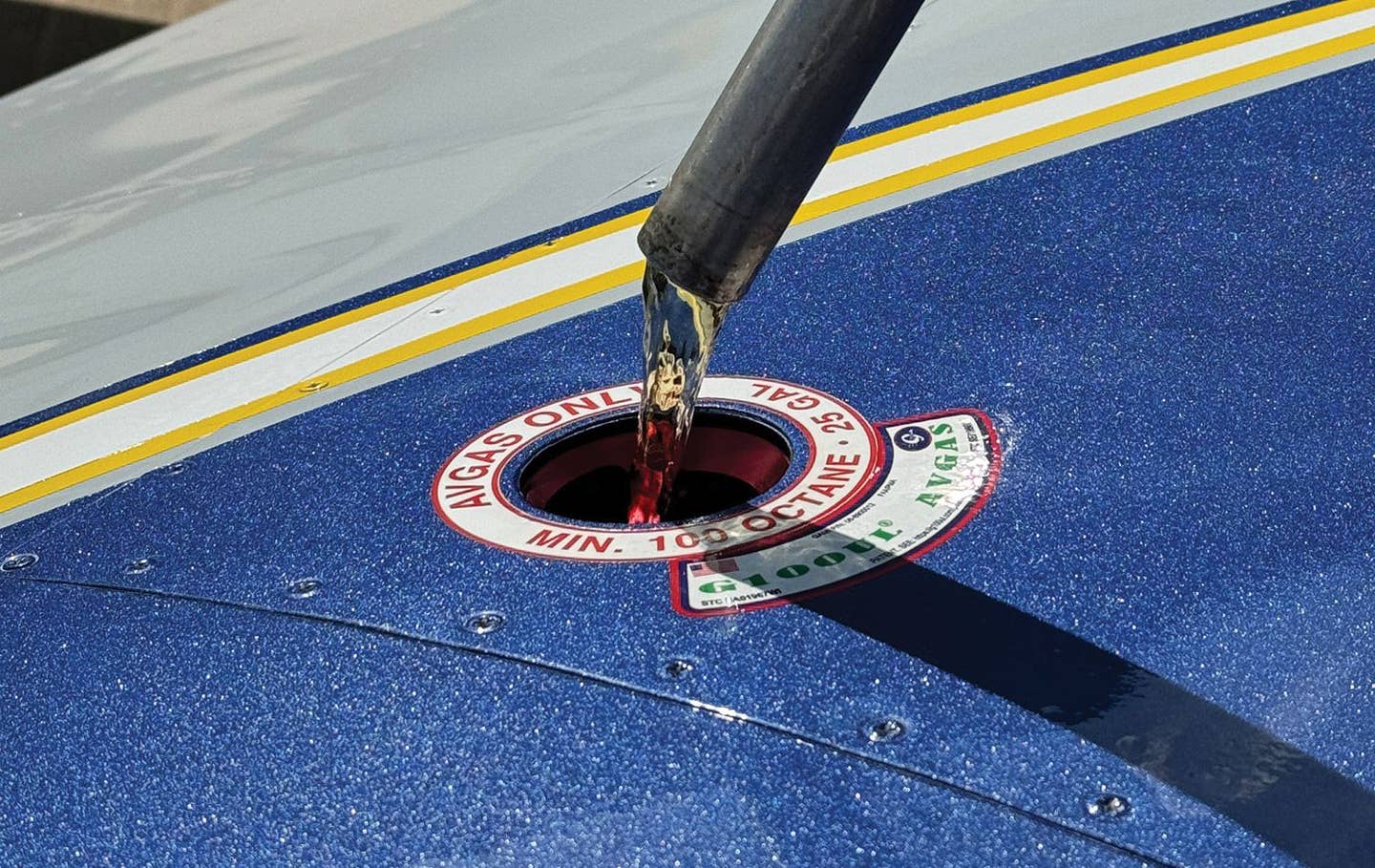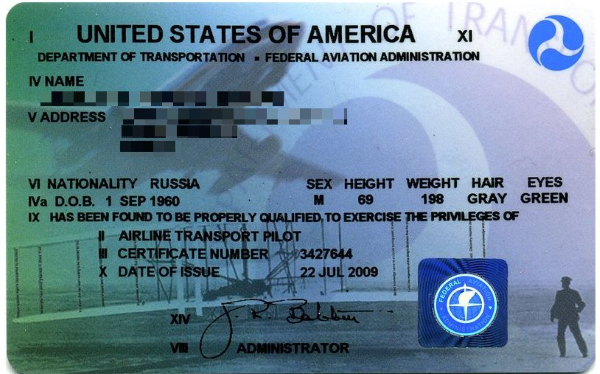Why No Love For The B-21?
What happened in the New Mexico desert 78 years ago today is the reason the B-21 was created. Still, it gets little love. Maybe stealth has become as boring as electric cars.

When I was a budding juvenile delinquent growing up in the Texas oil patch, I was at least smart enough to get myself an aircraft identification book. I can’t remember the title, but I’d bet it was something like The Golden Book of Modern Airplanes. I had a lot of those Golden Books and I credit the series with my interest in both airplanes and pyromania. (The Golden Book of High Volatility Flammable Aromatic Hydrocarbons.)
One of the airplanes in that book was the B-36 Peacemaker. No one called it that, though. If they didn’t call it a turd, they just called it the B-36. But it was the sound of the thing I remember. We lived about 300 miles northwest of the then-Carswell Air Force Base, where the Strategic Air Command based most of the fleet. The B-36s would fly over at all hours on their way for chow in Alaska. The humming-throbbing sound of six Pratt R-4360 Wasp Majors in a pusher configuration was like nothing I’d ever heard. I think the throbbing was because they could never get six props exactly synchronized. You can hear a little of it here between June Allison’s chiffon skirt rustling and the official Air Force-approved rising crescendo of impending nuclear doom music. The film is, of course, Strategic Air Command (filmed in Sky Filling Vista Vision!), starring Jimmy Stewart.
Because I hadn’t yet read The Golden Book of Really Stinky Military Industrial Complex Blunders, I had no way of knowing that the B-36 was an “interim bomber.” (“They’re all interim bombers,” growled the cigar-chomping Curtis LeMay.) But 65 years later, older and wiser, I’m still shocked to learn that the $2 billion B-2 Spirit, which I thought was, you know, state of the art, is actually an interim bomber. Well, maybe not that exactly, but now we apparently need something better. And kinda quick.
And so a few months ago, the Air Force tugged it out of the hangar in Palmdale, California: the B-21 Raider, named in honor of who shall ever be known as the Doolittle Raiders. The announcement landed like a sodden pillow. On the plus side, unlike most defense projects, the B-21 is neither over budget nor late. The Air Force says it will cost $203 billion to develop and operate 100 airplanes for 30 years. The unit cost is said to be about $692 million. While that’s not much less than the B-2’s unit cost of $737 million, when adjusted for constant dollars back to 1997, when the B-2 was purchased, it’s a little more than half. And only 21 B-2s were produced; 20 are still in service. When proposed, 132 were planned.
At 100 planned, the B-21 fleet will be the same size as the B-1 fleet at its peak. The B-2 will be retired in 2032. If it makes it, that’s 35 years in service which, all things considered, is not so bad. Better than the B-36 (11 years), the B-47 (26 years), the B-29 (17 years) and even the B-17 at 21 years. It is unlikely any military aircraft will match the B-52, which has been in service for 67 years and is expected to remain so well into the 2050s. Of the 742 built, 76 BUFFs are still active.
Yeah, but … what’s the B-21 supposed to do exactly? The same was asked of the B-36 and a trumped-up scandal swirled around its procurement and introduction. It was originally conceived in the thought that the U.S. would have to bomb German-occupied Britain or Europe directly from the East Coast in preparation for an invasion. When that became unnecessary, the first atomic weapons conveniently arrived, the Soviet Union was seen as the new menace and the B-36 suddenly found a new and “vital” role as a nuclear bomber. Operationally, it was supposed to fly high enough to evade Soviet fighters, but by the late 1950s, that artifice was abandoned as the B-52 was deployed.
Seventy years later, the rationale for the B-21 has come full circle. But with an interesting twist, according to the defense press. Aircraft carriers are the backbone of U.S power projection, but China is believed to have developed a suite of ship-killing missiles that would be impossible to defend against and would force carriers to remain as much as 1000 miles distant, neutralizing their airwings. So the idea is to have a super stealthy bomber to knock out the missile sites, thus clearing a path for the Navy’s unstealthy aircraft. The B-21 might have to fly directly from U.S. bases. It hasn’t flown yet but is supposed to later this year. In-service is in 2027, the same year that defense planners are leaking that China will invade Taiwan. Given the arc of AI and autonomous development, the B-21 may be the first major robot bomber.
Of course, the immediate question is, can’t the B-2 do this? No other country has radar-evading bombers even remotely as capable as the B-2, although the Chinese are developing a B-2 knockoff called the H-20. Evidently, in a new era of improved radar, the B-2’s stealth isn’t as impressive as it once was. Its radar cross section is 0.1 square meters, variable with aspect. For comparison, the F-22’s RCS is 0.001 M2. Data on the B-21 is scarce, but some sources give it as 0.0004 M2. That’s pretty close to being invisible, something Northrop Grumman achieved by improving the engine inlets and exhaust and through advanced RF absorptive coatings. If the Chinese haven’t stolen the technology, like they have everything else, the B-21 might be the deterrent it’s advertised to be. So, the theory goes, it actually prevents a war.
Weapons like these are presumably developed in anticipation of needing them and U.S. planners are anticipating war with China. I suppose it’s better to have the arsenal ready ahead of needing it while hoping the need never arises. On the other hand, the U.S. version of Russia’s corruption in arms procurement is very legal influence pedaling and lobbying that goes on to buy systems of dubious efficacy. It’s why the F-35 has two engine options, because congress people in the districts where they’re manufactured made it so. This is what outgoing President Dwight Eisenhower warned about when he said we should be cognizant of undue influence of the military industrial complex leading us to war.
Maybe that’s why the B-21 doesn’t seem to get the love other dazzling military airplanes have. As an aviation-conversant taxpayer, I look at the thing and wonder if I’m seeing a modern iteration of the Peacemaker. Maybe that’s why no one tapped me to be a defense planner. I’m way too cheap for the job. These things seemed a lot simpler when Jimmy Stewart—a genuine Air Force general—was around to explain them.
Trinity
The reason for the B-21 dates back to what happened on this day 78 years ago at 5:29 a.m. in a barren patch of New Mexico desert. The secretive Manhattan Project detonated the world’s first atomic bomb. Mark Oct. 21 on your calendar. That's when the Trinity site will be open for public visitation. Expect heavy crowds, says the Army, on account that the new film, Oppenheimer, is opening this week. It's sure to stir up interest in the site and that's a good thing.
An overused cliché has to do with something changing things forever, but the Trinity test really did. Including aviation. From that point forward, every major combat aircraft system was designed with nuclear weapons in mind. Interestingly, the B-29, the only aircraft to have ever delivered nuclear weapons in combat, was not. It was adapted to the purpose. Same with the B-36.
The test occurred before I was born, but my parents lived about 360 miles from Trinity. It was said that flash was visible in the western sky. My Dad was a research scientist at the time and was pressed into service by the town to explain what atomic fission was. He later said he understood the theoretical underpinnings well enough, but had no idea how the talented team under J. Robert Oppenheimer pulled it off.






